1950s
1951
Ferranti designs the Nimrod computer to demonstrate the game of Nim during the Festival of Britain.
1952
Professor A.S. Douglas creates computer noughts and crosses game at Cambridge University, UK.
1958
Willy Higinbotham invents Tennis for Two on an oscilloscope at Brookhaven National Laboratory, New York.
1960s
1961
Steve Russell, a student at the Massachusetts Institute of Technology (MIT), creates Spacewar! on the PDP-1 mainframe computer.
1967
Engineer Ralph Baer demonstrates fully-functional ping-pong game.
1969
Ralph Baer develops the Brown Box, the first videogames console that works on televisions.
1970s
1971
Nolan Bushnell and Ted Dabney create an arcade version of Spacewar!, calling it Computer Space.
1972
Ralph Baer licenses home games console patent to Magnavox and releases the Magnavox Odyssey.
Bushnell and Dabney found Atari and release an arcade version of Pong.
1975
Atari releases a home version of Pong.
Gunfight is released in Japanese arcades by Taito.
Midway licenses the game for the US, and redesigns the machine to use a microprocessor instead of hardwired solid-state circuits.
1976
Coleco releases the Telstar home videogame console.
Atari releases the arcade game Breakout. Working on the prototype are Steve Jobs and Steve Wozniak, who go on to form Apple Computers.
Fairfield Camera & Instrument debuts the Channel F cartridge-based home games console.
1977
Atari releases the Video Computer System 2600 home games console, launched with nine games including Combat.

1978
Taito and Midway introduce Space Invaders into arcades, causing a national coin shortage in Japan.
Magnavox releases the Odyssey 2 games console.
1979
Atari releases Asteroids in arcades.
Toy company Mattel produces the Intellivision games console.
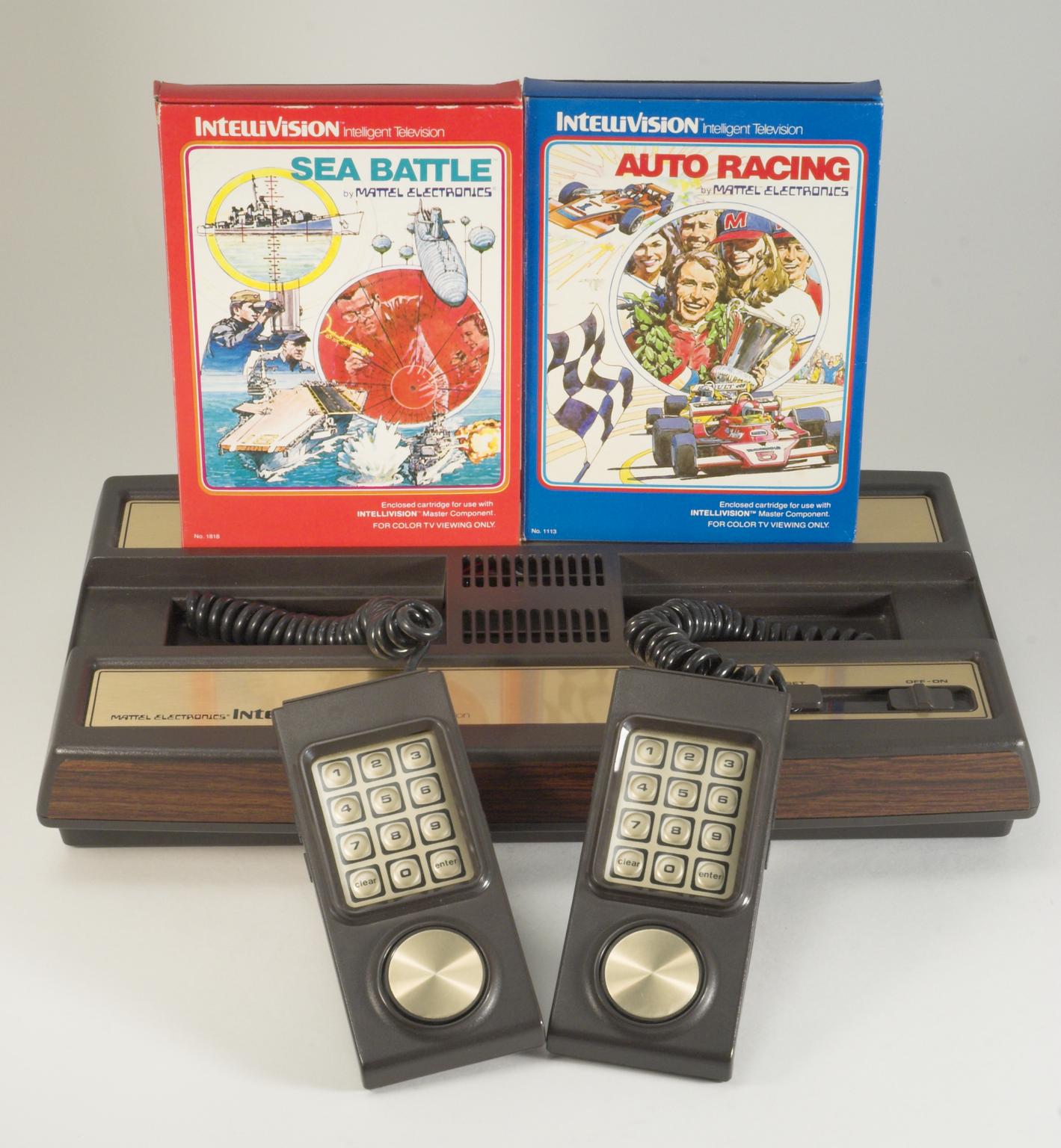
1980s
1980
Battlezone by Atari is the first 3D game ever created; it is later used by the US military for training exercises.
Williams Electronics releases Defender.
Japanese videogame designer Toru Iwatani creates Pac-Man for Namco.
British inventor Clive Sinclair enters the home computer market with the ZX80.
Commodore Business Machines introduces the VIC-20 8-bit home computer.
Acorn Computers releases the Acorn Atom home computer.
1981
Nintendo’s Shigeru Miyamoto creates Donkey Kong and introduces the world to an Italian plumber called Jumpman—later renamed Mario.
Centipede is released in arcades by Atari.
Konami develops Frogger.
Sinclair Research releases the Sinclair ZX81 home computer.
The BBC and Acorn partner up to produce the BBC Microcomputer.
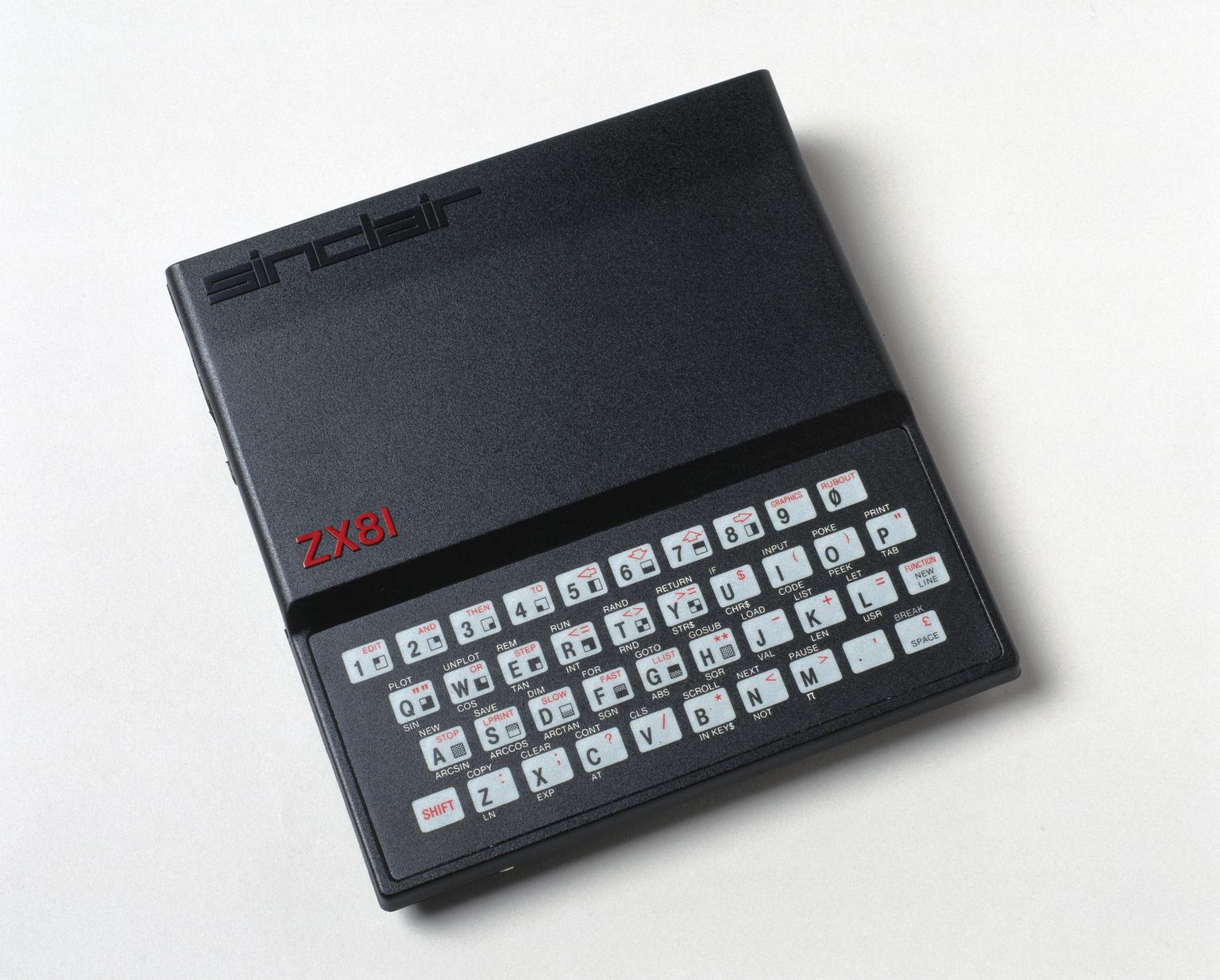

1982
Coleco introduces the ColecoVision games console.
Tron arcade game is released to tie in with the Disney film.
Sinclair continue their domination of the British home computer market with the ZX Spectrum.
Beam Software releases text-adventure game The Hobbit.
The Commodore 64 is released to compete against the ZX Spectrum.
Namco releases Pole Position into arcades.
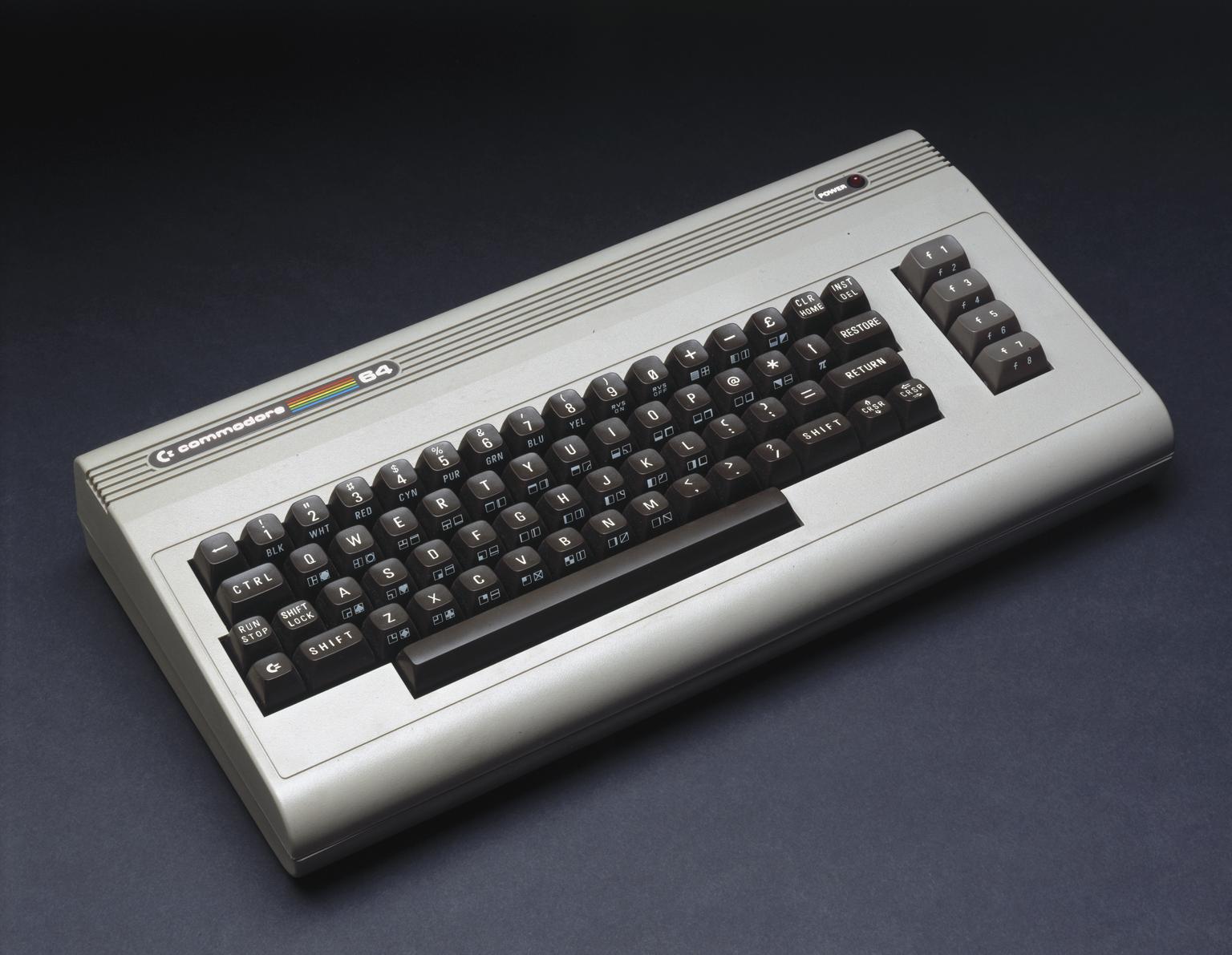
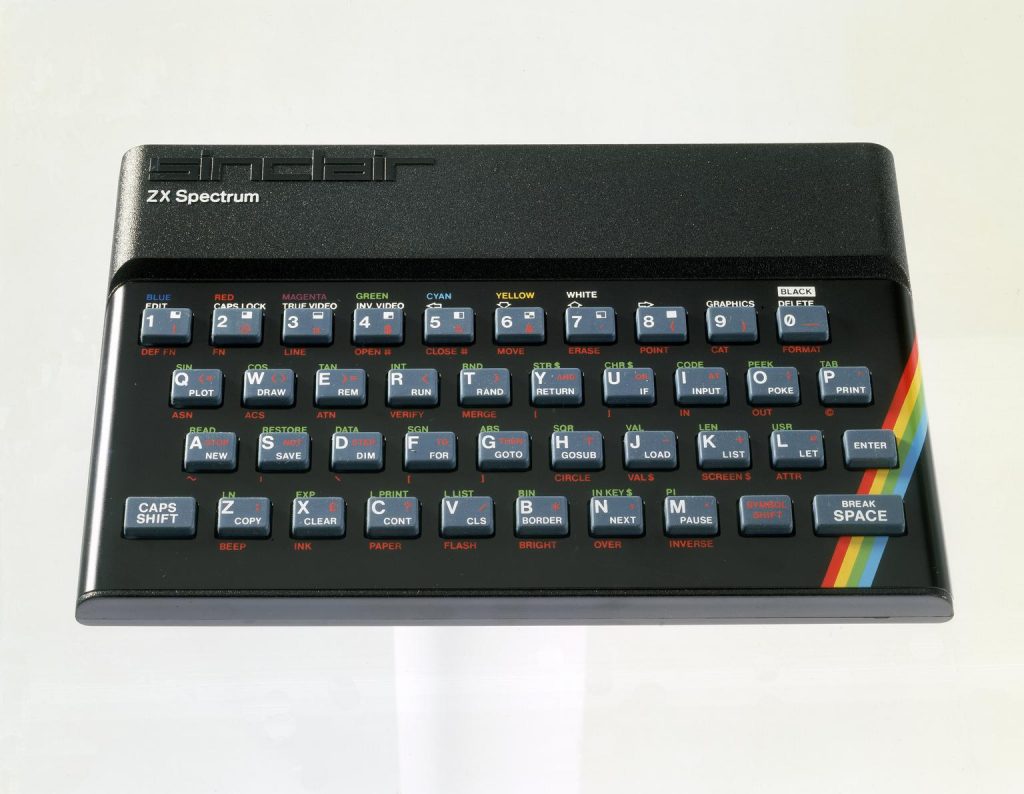
1983
Cinematronics debuts Rick Dyer’s Dragon’s Lair in arcades. Interactive animation has arrived, courtesy of the laserdisc.
Atari introduces Star Wars: The Videogame into arcades.
Nintendo introduces the Famicom in Japan.
British bedroom coder Matthew Smith designs Manic Miner.
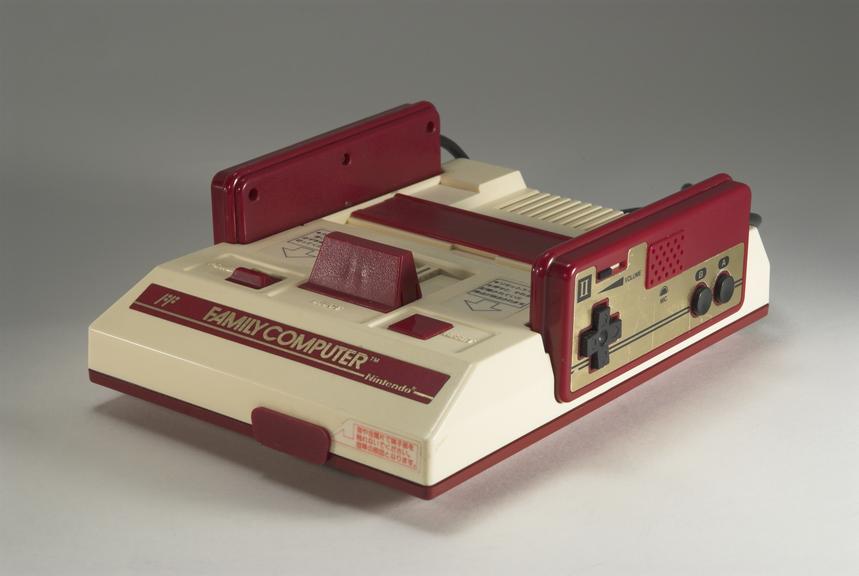
1984
Russian computer engineer Alexey Pajitnov creates Tetris on an Elektronika 60, later ported to the IBM PC.
Cambridge University students David Braben and Ian Bell create Elite.
Amstrad releases the CPC464 home computer.
1985
The Famicom is redesigned as the Nintendo Entertainment System (NES) and released in Europe and the US.
Super Mario Bros. is released by Nintendo for the NES.
Atari releases the 520ST home computer.
Ed Logg designs the Gauntlet arcade game at Atari.
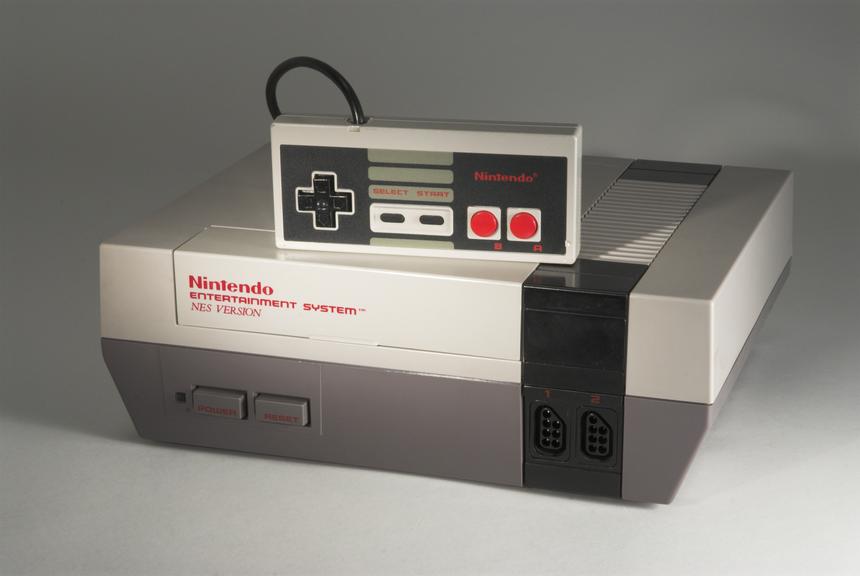
1986
Sega releases the Master System to compete against the NES.
Twins Philip and Andrew Oliver design the first Dizzy game.
Taito releases Bubble Bobble into arcades.

1987
Commodore releases the Amiga 500 home computer.
Taito follows up Bubble Bobble with the release of Rainbow Islands.
The Legend of Zelda is released for the NES.
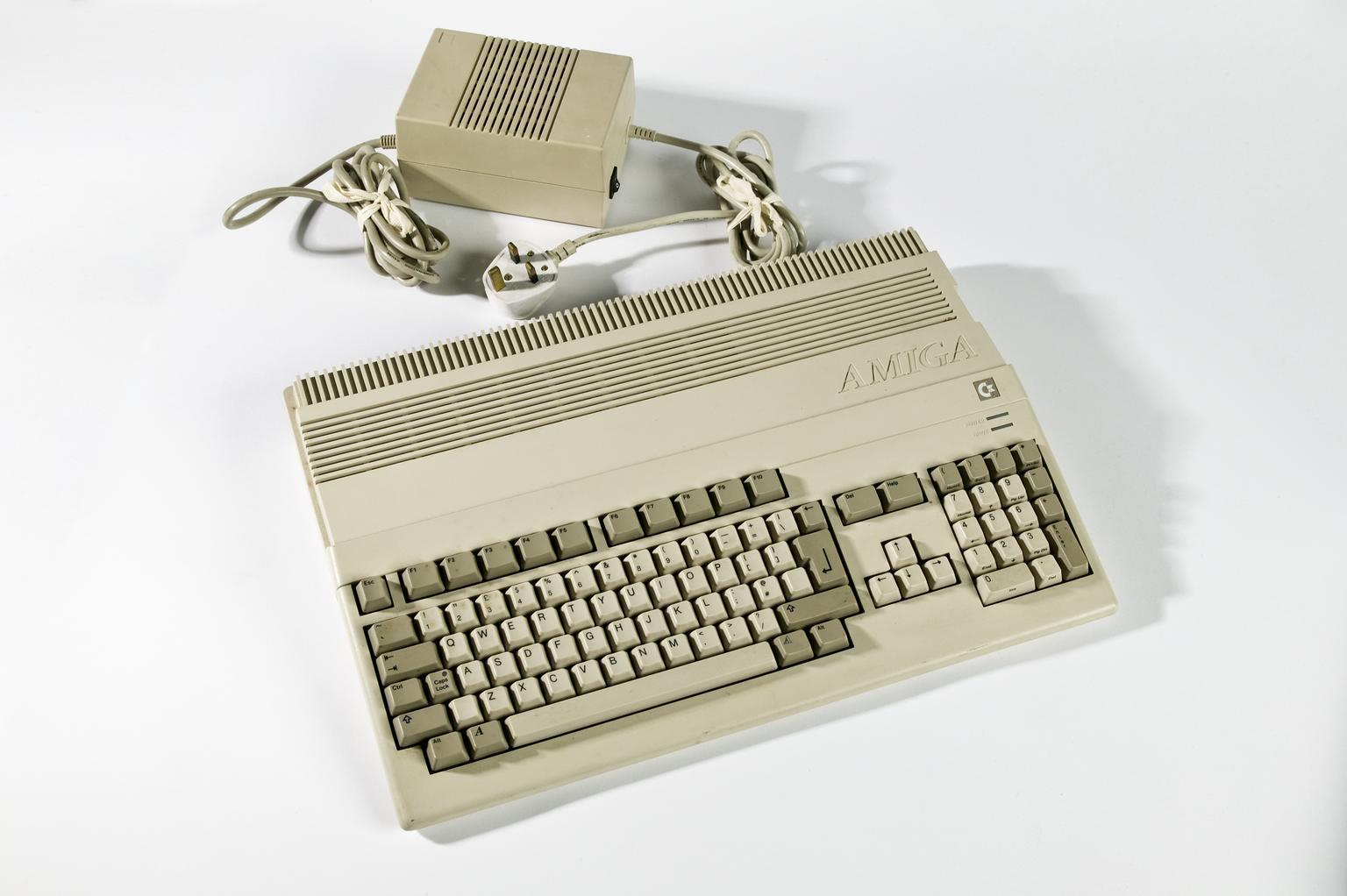
1989
Peter Molyneux forms Bullfrog Productions and releases god-game Populous.
Atari enters the handheld market with the release of the Lynx.
Sega releases Golden Axe in arcades.
Will Wright creates SimCity.
1990s
1990
The Nintendo Game Boy is released in the UK.
Sega releases the groundbreaking 16-bit Mega Drive console in the UK.
The Secret of Monkey Island is released by Lucas Arts for Amiga and PC.
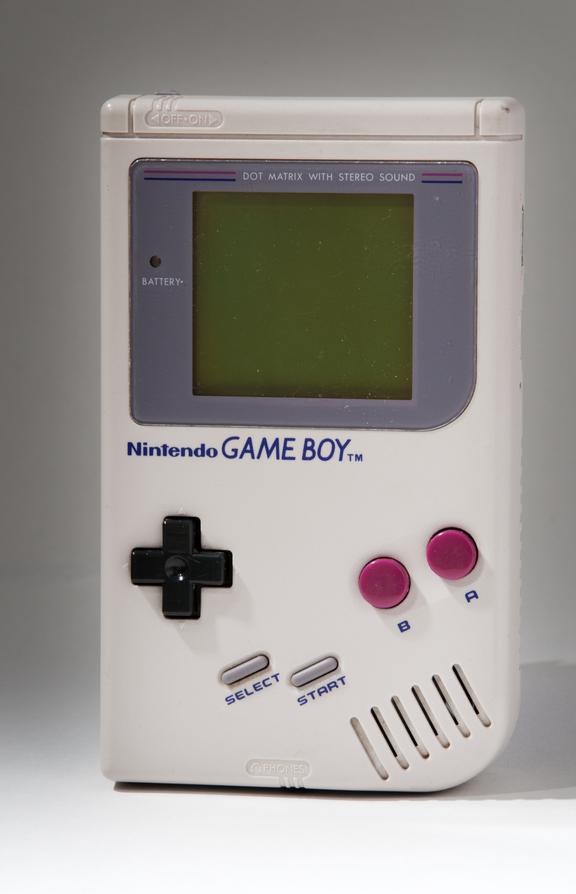

1991
Capcom introduces Street Fighter II into arcades.
DMA Design releases Lemmings for the Commodore Amiga.
Sega responds to the Game Boy by releasing the hand held Game Gear console.
Sega introduces the world to a blue hedgehog called Sonic.
Nintendo releases the Super Nintendo to compete against the Mega Drive. The acclaimed Super Mario World is included as a launch title.
1992
Midway responds to Street Fighter II with the release of Mortal Kombat.
Sega releases Sonic the Hedgehog 2 for the Mega Drive.
Jon Hare designs Sensible Soccer.
Sega launches Virtua Racing into arcades.
Brothers Oliver and Peter Collyer develop Championship Manager.
1993
Sega launches the first 3D fighting game, Virtua Fighter, in arcades.
Atari releases the Jaguar home games console.
id Software release first-person-shooter Doom for the home PC.
Broderbund creates Myst for the Macintosh computer.
Nintendo releases Super Mario Kart for the SNES.
1994
Sony releases the PlayStation in Japan.
Bullfrog releases Theme Park.
1995
Westwood Studios releases Command & Conquer for the home PC.
The Sega Saturn arrives in the UK.
Psygnosis release racing game Wipeout on the Playstation 1.
Windows 95 is released by Microsoft. Millions idle away office hours playing Minesweeper and Solitaire.
1996
The Tamagotchi virtual pet is released in Japan.
British studio Core Design develops Tomb Raider, introducing Lara Croft.
id Software releases Quake.
Capcom releases Resident Evil.
Nintendo develops Pokémon for the Game Boy.
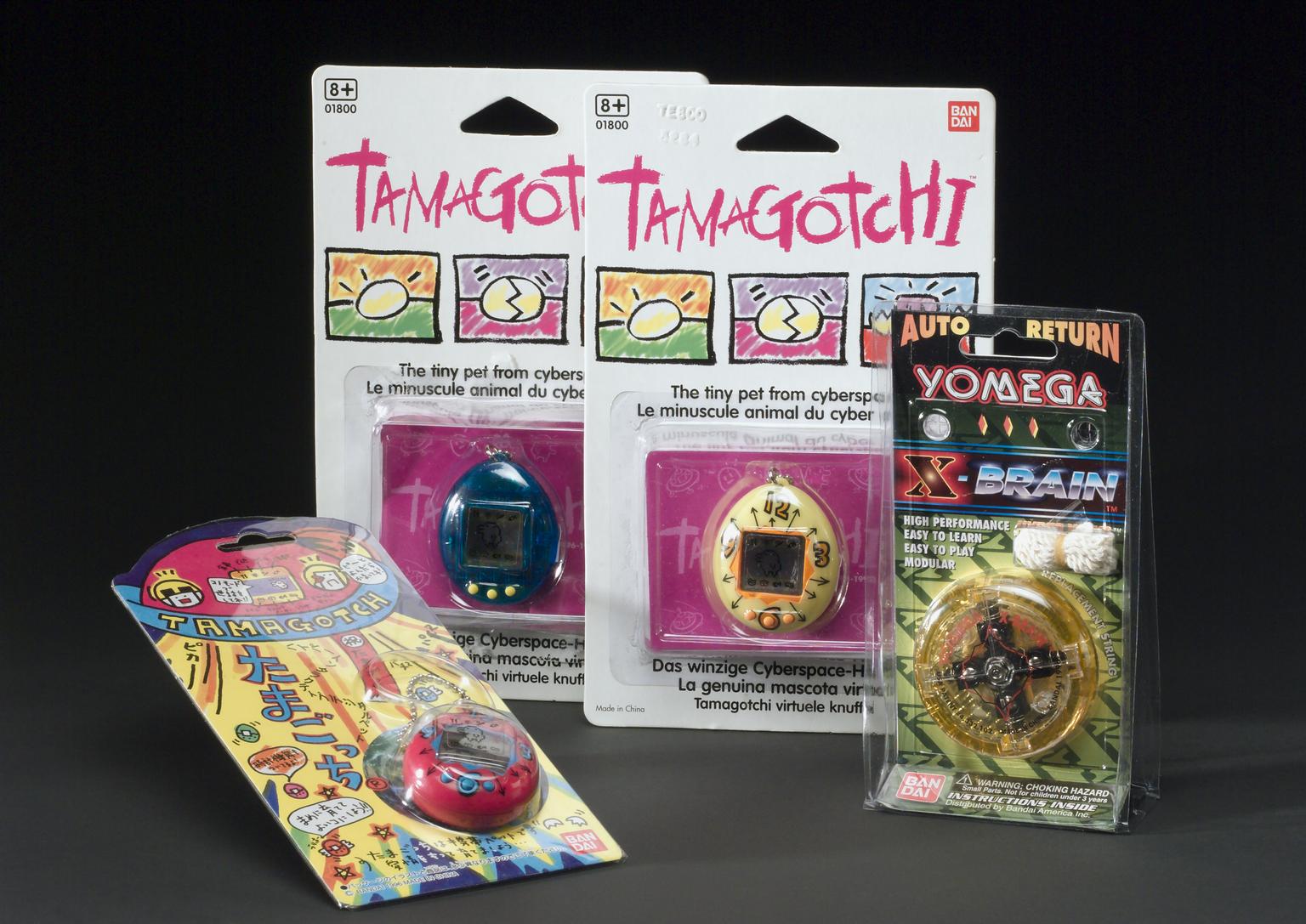
1997
Nintendo 64 released in UK. The groundbreaking Super Mario 64 is included as a launch title.
Nokia releases the 5110 mobile phone, including the game Snake.
The PlayStation sells 20 million units worldwide.
Rare develops GoldenEye 007 for the Nintendo 64.
Scottish studio DMA Design releases Grand Theft Auto for the PC.
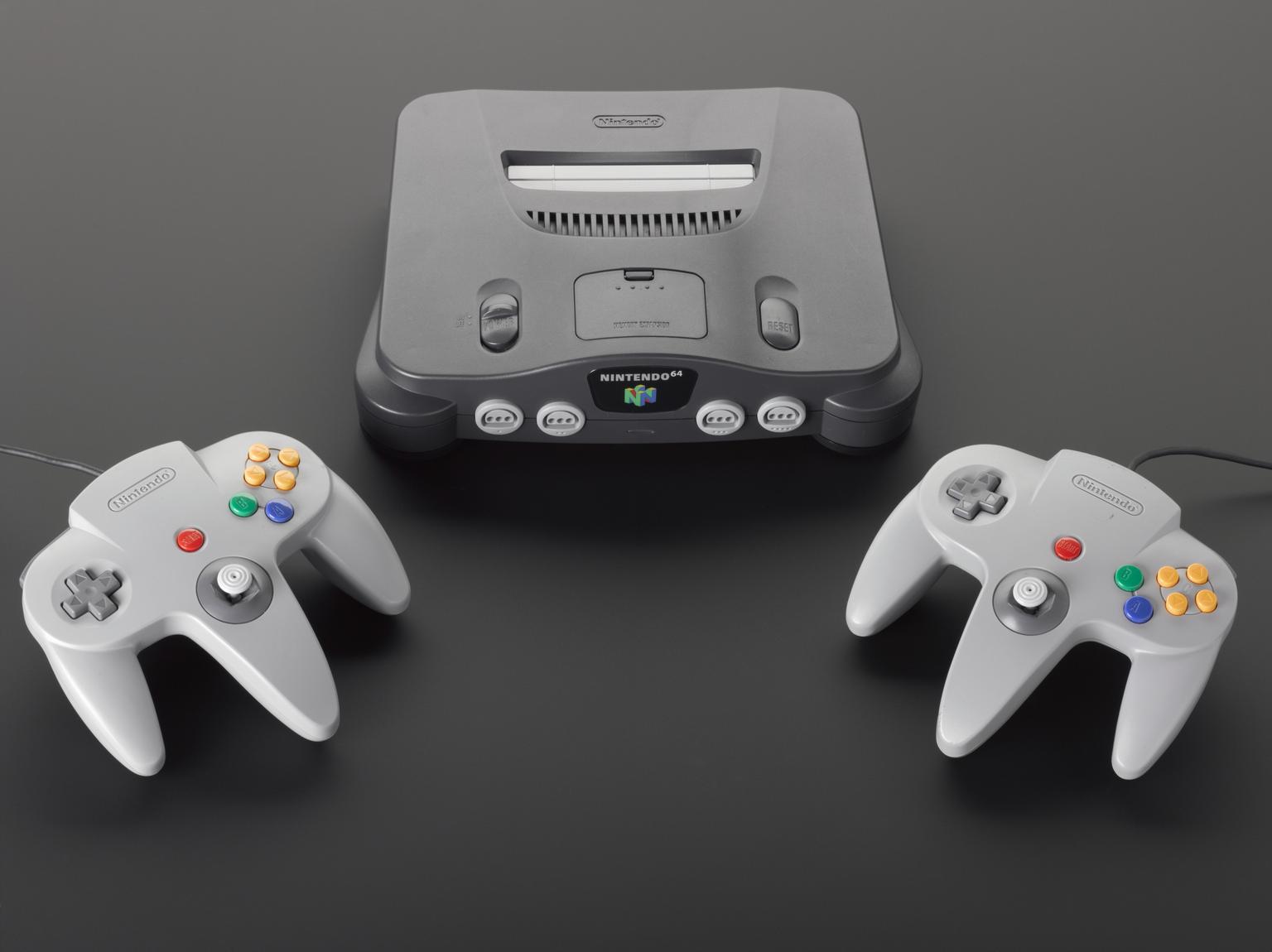
1998
Sega releases the Dreamcast games console.
Nintendo releases the Game Boy Color.
Valve Software develops Half-Life for the PC.
Arcade sensation Dance Dance Revolution is released by Konami.
The Legend of Zelda: Ocarina of Time is released for the Nintendo 64.
2000s
2000
Sony releases the PlayStation 2 in the UK.
Will Wright’s The Sims is released on the PC.
2001
Nintendo releases the Game Boy Advance in the UK.
Sega announces that it will no longer manufacture hardware.
Grand Theft Auto III is released for the PlayStation 2.
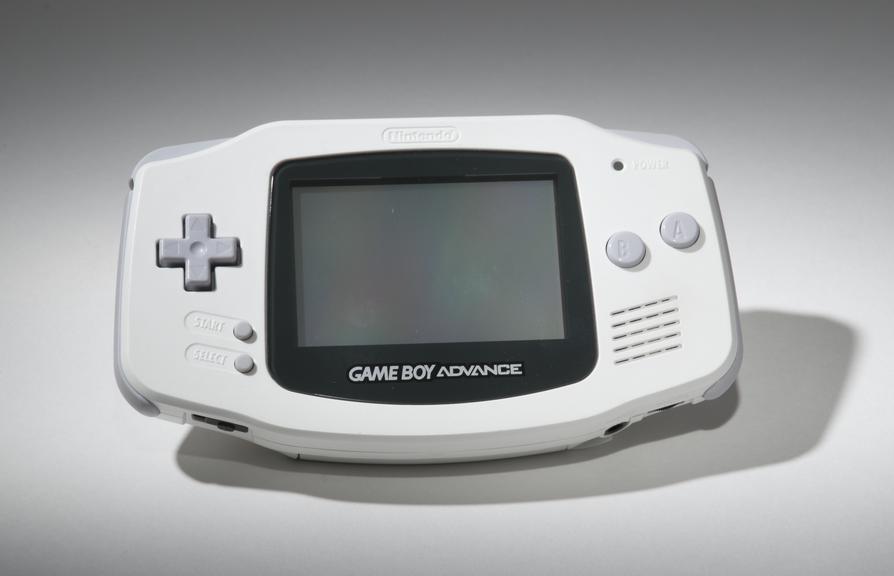
2002
Microsoft releases the Xbox games console in the UK. It includes Bungie Software’s Halo as a launch title.
Nintendo releases the GameCube in the UK.
2003
EyeToy: Play released for the PlayStation 2.
2004
Blizzard releases online role-playing epic World of Warcraft.
Nintendo releases the DS handheld.
Valve Software releases Half-Life 2.
Sony London Studios develops SingStar for the PlayStation 2.
2005
Sony releases the PSP.
Harmonix develops Guitar Hero for the PlayStation 2.
Microsoft launches the Xbox 360.
Relentless Software releases Buzz: The Music Quiz.
2006
Nintendo releases the Wii. Wii Sports is included as a launch title.
Dr. Kawashima’s Brain Training is released for the DS.
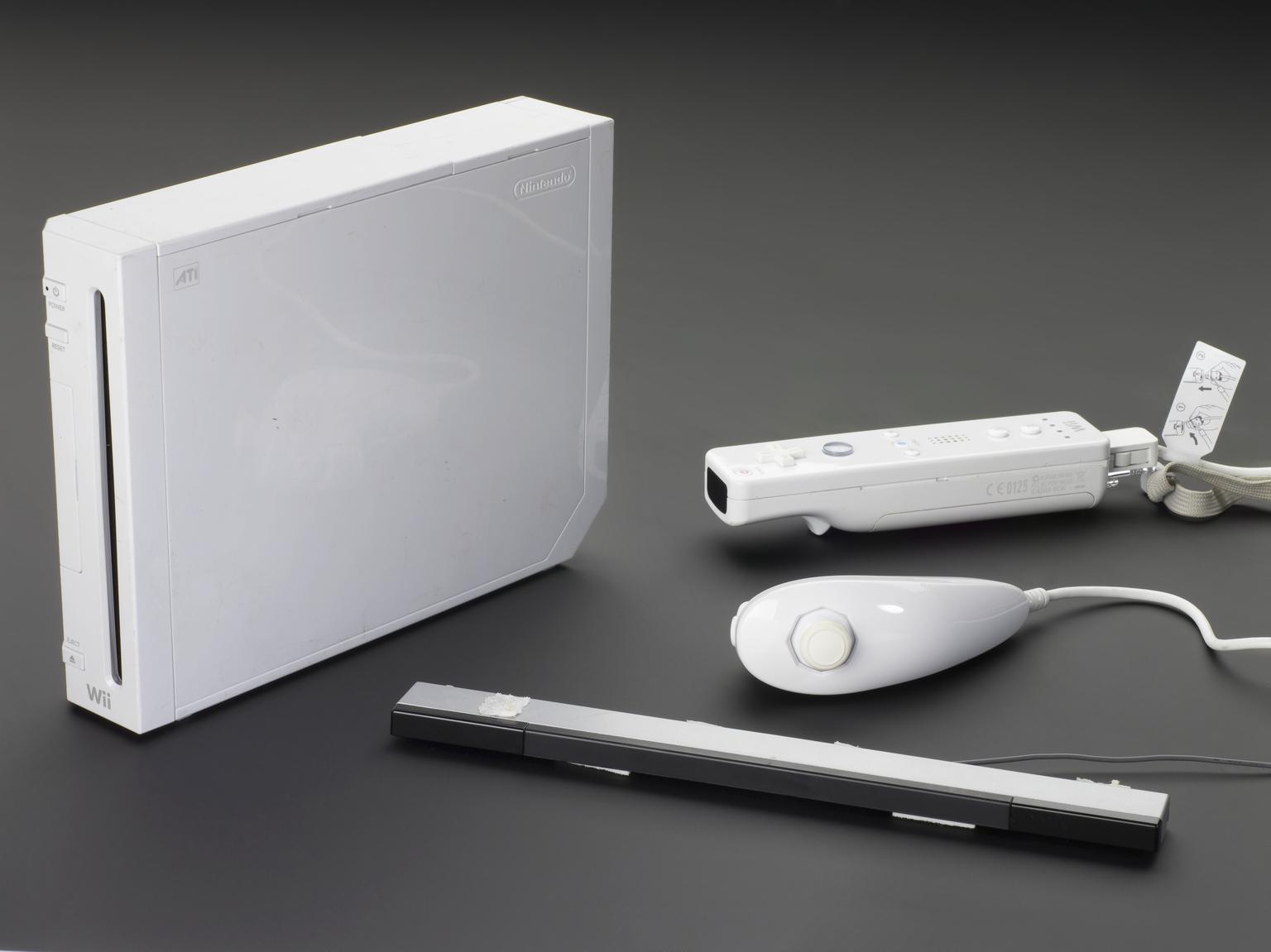
2007
Sony releases the Playstation 3 in the UK.
Apple launches the iPhone.
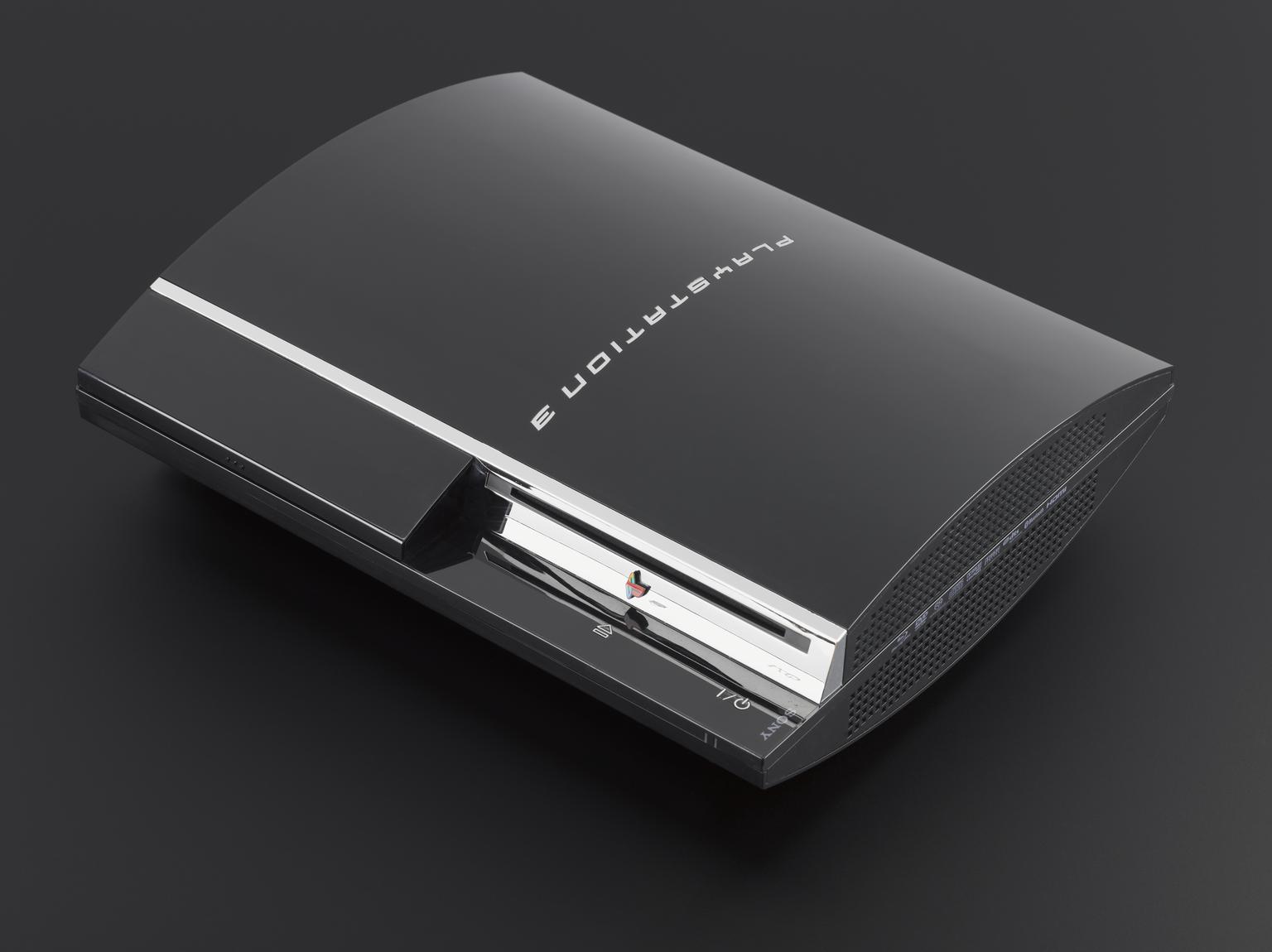
2008
Media Molecule releases LittleBigPlanet for the PS3.
Grand Theft Auto IV released by Rockstar Games.
2009
Nintendo releases the DSi.
2010s
2010
Sony releases PlayStation Move motion controller.
Microsoft releases the controller-free Kinect for the Xbox 360.
2011
Nintendo releases the 3DS, a handheld 3D gaming device that doesn’t require glasses.
Rockstar Games publishes L.A. Noire.
Nintendo announces the Wii U console.
Further reading
- Stewart Brand, Spacewar! Fanatic Life and Symbolic Death Among the Computer Bums
- Rusel DeMaria and Johnny L. Wilson, High Score! (New York, New York: McGraw-Hill/Osborne, 2004)
- Steven L. Kent, The Ultimate History of Videogames (New York, New York: Random House, 2002)
- Bruce Lambert, Brookhaven Honors a Pioneer Video Game
- James Newman and Iain Simons, 100 Videogames (London: BFI publishing, 2007)
- Office of Scientific and Technical Information, Videogames: Did They Begin at Brookhaven?
- Steven Poole, Trigger Happy: The Inner Life of Videogames (London: Fourth Estate, 2001)
6 comments on “A short history of videogames, 1951–2011”